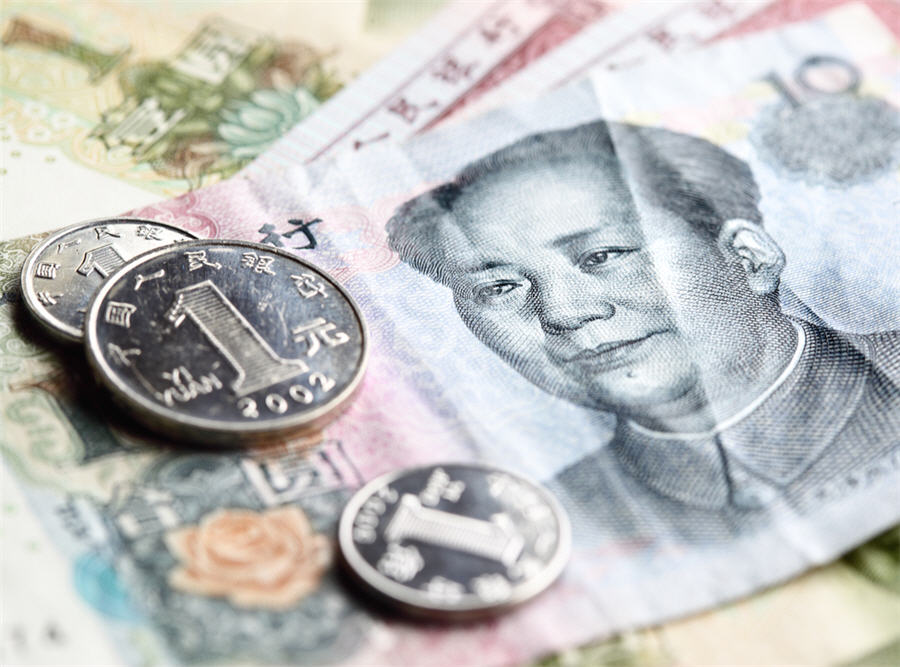
In March Chinese leaders detailed the country’s 13th five-year plan running from 2016 – 2020 which doubles-down on a long-stated commitment to “double 2010 GDP by 2020”. The 2020 GDP goal would require annual growth rates of 6.5% to go from a nominal $10 trillion last year to over $12 trillion in 2020. That’s the equivalent of adding an economy the size of Switzerland’s every year.
China’s official GDP data showed growth of 6.7% year-on-year in the third quarter, boosted by a raft of stimulus measures introduced by Beijing that has seen a number of metrics improve dramatically since the start of the year.

Manufacturing activity hit a more-than-two-year high in November, fixed asset investment and industrial output all improved while real estate statistics indicated stronger investment. Imports of commodities including iron ore and coal came close to or hit monthly records and bank lending is growing at a solid clip despite restrictions designed to cool China’s credit markets.
A new survey by McKinsey & Company released on Thursday showed a marked difference in outlook compared to this time last year when a slowdown in China was the top concern of of global executives. Now heads of large corporations, especially in Asia are worried more about geopolitical instability, transition of political leadership and a slowdown in global trade.
About 26% of the more than 2,000 executives surveyed worry about the Chinese economy, compared to nearly half in the March 2015 survey:
Respondents in China are much likelier now than they’ve been all year to say economic conditions at home have improved in the past six months: 29 percent say so, more than twice the share that said the same in June or March. And while these respondents most often expect stable conditions in coming months, they are increasingly optimistic about the future. Globally, executives are also bullish on China’s prospects. Fifty-three percent of all respondents (and 64 percent of those in China) believe that in 2017, China will hit the annual growth targets of its current five-year plan.